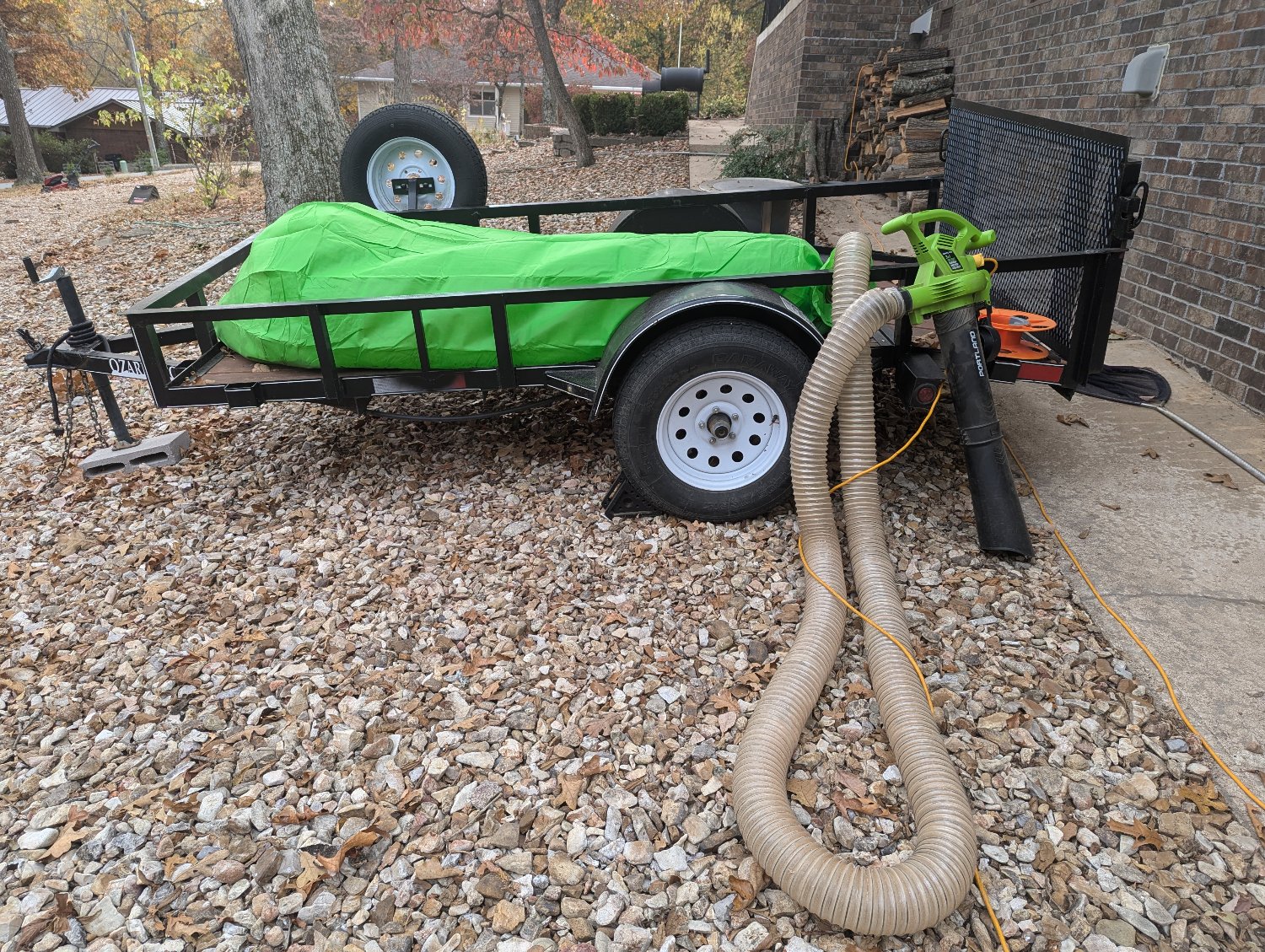Possum Lodge Skunk Works
Possum Lodge: The lodge from The Red Green Show. A handyman (or woman's) paradise where if it ain't broke, you're not trying and duct tape fixes everything.
Skunk Works: A pseudonym for Lockheed Martin's Advanced Development Program. Originally a nickname based on the "Skonk Oil Factory" from Lil' Abner, the Skunk Works is the [unofficial] name of Lockheed's research and development arm. The Skunk Works has been responsible for numerous technical innovations, especially pertaining to aeronautics.
What's the Possum Lodge Skunk Works?
This community is dedicated to the best examples of DIY engineering. To the handyman (or handywoman) in all of us. Maybe you're proud of your creation or maybe you're serving up a cautionary tale. Whether mechanical, electrical, or architectural, if you've built something to make your life easier, or just because you could, no matter if it belongs in the Skunk Works hall of fame or in an episode of the Red Green Show, we want to see it.
Rules
- Posts must be about a DIY project that is intended to serve a meaningful utility function. Posts asking for advice on a project are also allowed.
- DIY projects posted must be your own or credit must be given to the creator.
- Must represent a genuine attempt at success. This is not diWHY.
- Be excellent to each other. If you've never made a glaring mistake and felt like a complete idiot afterwards, this is probably not the place for you.
- No spam.
view the rest of the comments

Good question and all valid points.
There's a few reasons for removing the leaves. One being pest control. Another being that they're a fire hazard (especially relevant since we're currently under one of the worst droughts in decades).
There's also the matter of keeping peace with my neighbors who won't appreciate all my leaves blowing into their yards or potentially plugging up their drainage culverts and flooding their basements, which around here is a very real possibility.
Burning them is just a matter of convenience but now you've made me think I could actually spread them in the woods behind the house and maybe that would be a better way of handling them.
That makes sense, thanks! Neighbors and peer pressure I've found are one of the most difficult hurdles to overcome when it comes to restoring or maintaining native ecosystems, for those who are interested in doing so.
Good point about the fire safety aspect. It's interesting: prior to human disruption and development, wildfires were a massive key to the sustainability and reinforcement of health for native flora and soil. Most cities won't let you perform prescribed fires on your property to try to emulate that (for good reason, of course!). Because you're removing the leaf barrier during drought, the next best thing to conserve moisture in the soil would be locally produced mulch. A good rule of thumb is to mulch at least a couple inches deep all the way to the drip line of the tree (where the roots extend to and even beyond), just imagine a line dripping straight down from the very outer circumference of branches on the tree. And as another user said, never put any mulch or other organic matter within a few inches of the trunk to keep decaying matter and the organisms it attracts away from the tree tissue.
The pest control aspect theoretically should work itself out by keeping the native ecosystem as intact as possible. Too many pests means an abundance of food for beneficial predators such as wasps, dragonflies, songbirds and birds of prey. Of course if you're referring to pests as meaning invasive species that outcompete natives, that's much trickier.
I'm sorry for the wall of text and unsolicited advice but it is a passion of mine so it's hard to shut up once I start. That stuff is literally worth it's weight in gold to the natural world; you might even want to try composting it as another option, but anywhere you move it to will be all the richer for it.
In any case, I appreciate the engineering of your jolly green giant leaf sucker and I hope it serves you well if you continue transporting the leaf litter.
Reverse your sucker and suck them out of the bag and spread around the trees. Assuming the bag is porous enough to do this.
Just avoid making a mulch volcano around the base of the tree. That would be bad for the tree.